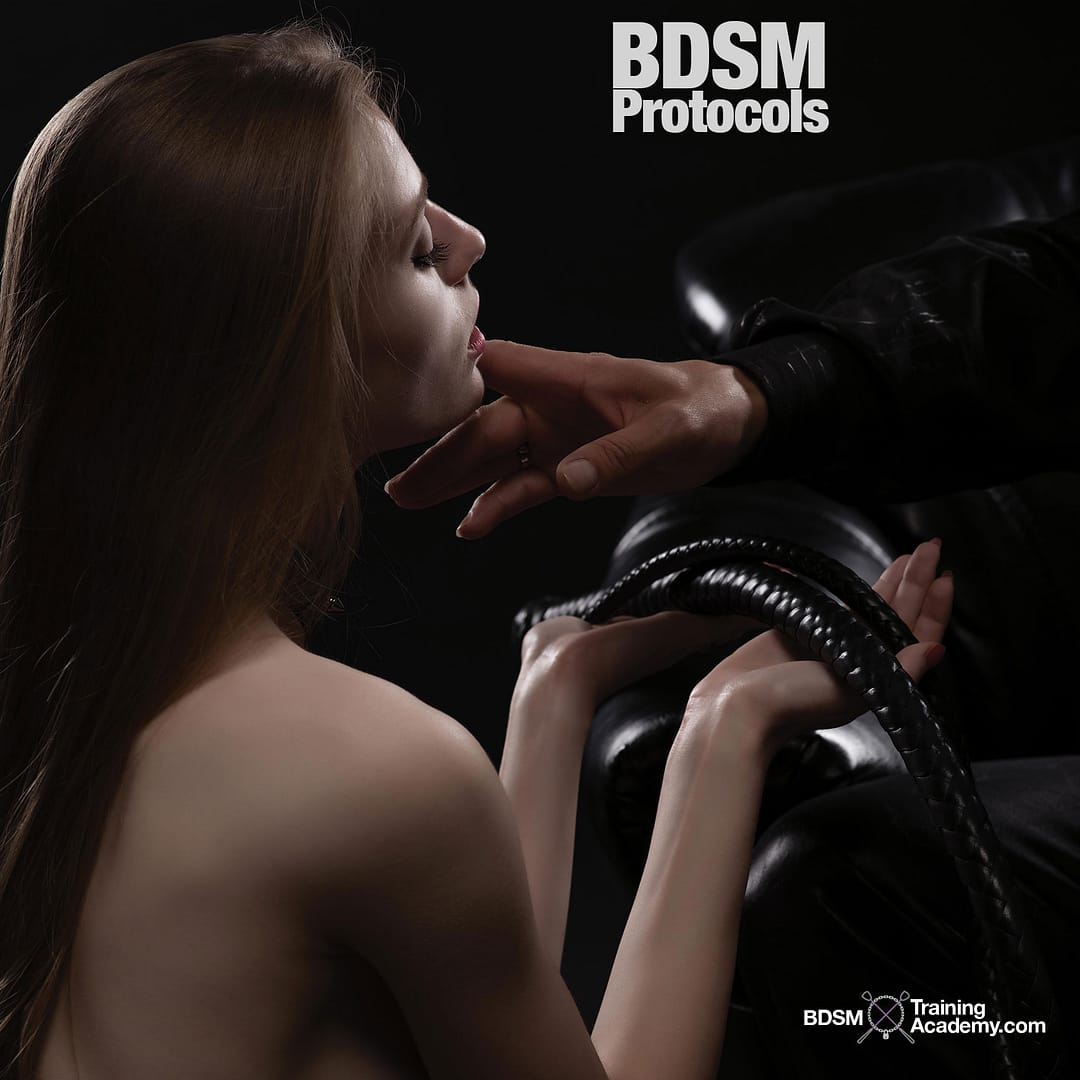Subspace is a highly individual experience that can vary significantly from one person to another, making it challenging to define precisely. It is a state that can be cultivated through training, but its subjective nature means that descriptions of it can differ widely. Some people describe it as a sense of floating or detachment, while others experience it as a deep sense of connection and intimacy. Still, others may feel a rush of endorphins that creates a sense of euphoria and well-being. Despite these varying descriptions, subspace is generally characterized by a heightened state of submission and an altered perception of reality.
One of the primary challenges with subspace is its elusive definition, which makes it difficult to identify when it occurs. Some people view it as a physical response, triggered by intense sensations or endorphin release. Others view it as an emotional shift, initiated by the intensity of the scene or the dynamics between partners. Still, others might experience it as a spiritual or psychological state, where the submissive feels a deep sense of surrender and connection. Focusing too much on a specific definition can sometimes hinder the ability to achieve this state, as it may create expectations or limitations that don’t resonate with the individual’s experience.
There is a misconception that achieving subspace is a measure of success for a Dominant. While creating a sense of detachment or objectification in a submissive can be part of the experience, not reaching this “ideal” state does not indicate failure in training. The goal is to create a deep sense of submission, trust, and connection, not necessarily to induce a specific psychological state. Every submissive is unique, and what works for one may not work for another. It’s essential to approach each individual with an open mind and a willingness to adapt.
For some, subspace is characterized by a sense of detachment from the body and the immediate environment. This dissociation enables the submissive to endure more intense sensations and commands, often resulting in a heightened state of compliance. In this state, the submissive may feel as though they are capable of anything their Dominant desires, but it’s crucial to recognize the risks involved. The submissive may push beyond their physical and mental limits, leading to potential harm. Additionally, the submissive may experience a loss of inhibitions, making it essential for the Dominant to maintain clear boundaries and ensure that the submissive’s actions do not compromise their safety or well-being.
Another perspective is that subspace is triggered by the body’s release of endorphins in response to intense stimuli. This chemical rush can create a sense of euphoria, helping the submissive to forget about discomfort and focus on the positive sensations. This feeling can linger long after the scene has ended, providing a sense of well-being and contentment. However, it’s important to note that not all submissives will experience this endorphin rush, and some may even experience the opposite, with increased sensitivity to pain or discomfort. This is why communication and aftercare are crucial in any BDSM dynamic.
Regardless of whether subspace is primarily emotional or physical, it can be a powerful tool in training. This state allows the submissive to endure more intense experiences and find pleasure in them, making it a goal worth pursuing. However, it is essential to approach subspace with caution. The risks are significantly higher in this state, as the submissive may be more susceptible to harm. The Dominant must be vigilant in monitoring the submissive’s responses and ensuring that they do not exceed their limits.
To induce subspace, both the Dominant and the submissive should prepare thoroughly. The Dominant can increase the likelihood of subspace by observing the submissive’s reactions during a scene and adjusting the intensity accordingly. This might involve increasing the intensity of sensations, using specific language or commands, or creating a particular atmosphere. Once subspace is achieved, the Dominant can deepen the experience by pushing the scene further, always with an eye on the submissive’s well-being. It’s crucial to remember that subspace is a delicate state, and it’s essential to respect the submissive’s boundaries and limits, even if they seem to be more open to exploration.
The submissive, meanwhile, should be prepared to work through any initial resistance to achieve subspace. This may involve mental preparation, such as visualization, meditation, deep breathing, or other techniques to help them enter this altered state. It’s also essential for the submissive to communicate openly with their Dominant about their desires, fears, and limits. This open dialogue can help the Dominant tailor the scene to the submissive’s needs and increase the likelihood of achieving subspace.
It’s important to note that not everyone will experience subspace, and that’s perfectly okay. The goal of BDSM is not to achieve a specific state but to explore and enjoy the dynamics between partners. Subspace is just one aspect of this rich and complex world, and it’s worth exploring if it appeals to both parties. However, always prioritize safety and communication to ensure a positive and consensual experience.
Moreover, it’s crucial to understand that subspace can have after-effects. Some submissives may experience a sense of euphoria or contentment, while others may feel drained or emotional. It’s essential for the Dominant to be prepared for these after-effects and provide appropriate aftercare. This might involve cuddling, conversation, or other activities that help the submissive return to a normal state of mind. Aftercare is a vital part of any BDSM dynamic, and it’s essential not to overlook it, especially when subspace is involved.
Additionally, it’s worth noting that subspace can be addictive. The intense sensations and emotional highs can be incredibly appealing, and some submissives may find themselves craving more intense experiences. While this can be a positive thing, as it indicates a deep level of trust and connection, it’s essential to approach it with caution. The Dominant should be mindful of the submissive’s needs and ensure that they are not pushing them too far or too fast. It’s also crucial for the submissive to be aware of their own limits and communicate them openly with their Dominant.
In conclusion, subspace is a complex and multifaceted experience that can vary significantly from one person to another. While it can be a powerful tool in training and a source of intense pleasure, it’s essential to approach it with caution and respect. Always prioritize safety, communication, and aftercare to ensure a positive and consensual experience. And remember, not everyone will experience subspace, and that’s okay. The goal of BDSM is to explore and enjoy the dynamics between partners, and subspace is just one aspect of this rich and complex world.
================================================================
Keep your eyes peeled for the next edition which will arrive in a
couple of weeks!
In the mean time, take a moment to read about how The BDSM Slave
Training Guide can teach you more effective strategies to reaching
subspace (using our step-by-step instructional manual, pictures, and
diagrams). Visit:
Regards,
Mistress Sophia
&
Master Bishop
P.S. If you liked this article, please take a minute to e-mail
your friends and let them know about it. Thanks!
Copyright 2008-2019 BDSMTrainingAcademy.com
By reading and accepting this article you agree to all of the following: You understand that this is simply a set of opinions, personal experience and anecdotal evidence (and not advice). You are responsible for any use of the information in this article, and hold BDSMTrainingAcademy.com and all members and affiliates harmless in any claim or event.
You must be 18+ years old to read this blog









It was one rare moment when you say ‘Yeah, that’s it. That’s how I felt.’ Despite the physical and sensory assault, my mind was serene, placid. Severe punishment, tight bondage and sensory deprivation are the quickest BDSM paths for me to get there. But the aura, for lack of a better term, is like none other. I give of myself to Madame all the more for what she deigns to give to me.
I think a key to subspace is to look at the history of altered states of mind and/or body worldwide throughout many cultures, religious practices and lifestyles.
People of the modern movement of ‘BDSM’ are not the first or last to experience this state, we are simply the first to call it ‘subspace’ as opposed to the myriad of other descriptive titles out there globally.
🙂
I’d call it disassociation on a varying spectrum because even though you may be a willing participant in role you are in. Your body is timing out, switching down, turning off, your heart can be racing yet you’ll feel oddly calm, feel no pain, your brain is shutting down certain receptors and systems in the body because it’s starting to record a trauma and in this state you are incapable of making wise decisions about how much further to go.
In psychology it is what happens to trauma victims (and I’m not against or wanting to offend and of the bdsm behaviour or surrender/submission it’s just wise for both D & S to be highly aware of this and realise it’s an altered state where damage can be done if limits are passed that have been previously set. So take extreme care to remind them who they are with, date, time, you care for them and don’t leave them. If they have any history of trauma they can be taken back to that original memory or just the tool of disassociation itself which will feel good at first, if you have an egotistical Dom who ignores this you will get hurt physically & emotionally. You will end up knowing what triggers you to get there.
Lots of love & playsafe.